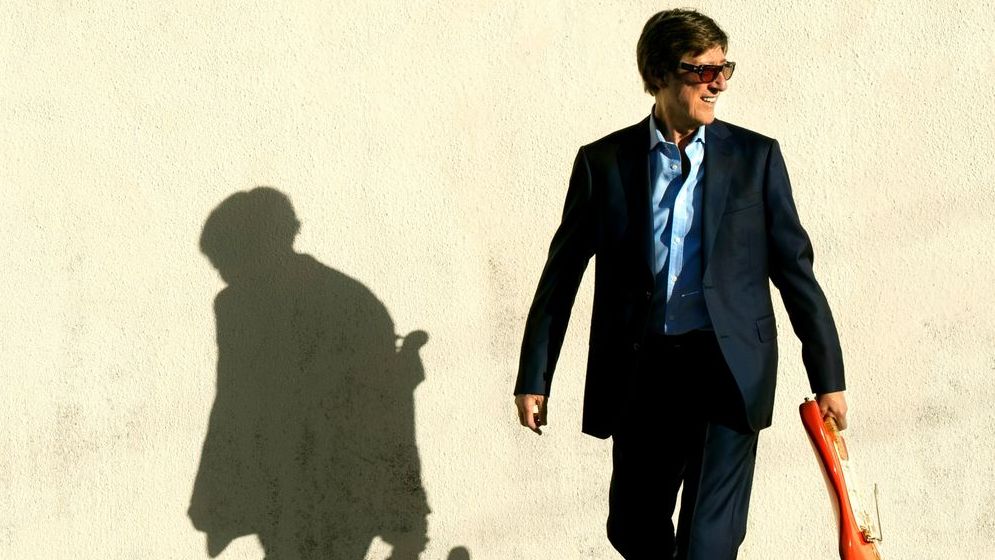Psychedelic rock bands of the 1960s and '70s made ample use of trippy, kaleidoscopic designs to complement their experimental sound. Two of the most iconic examples come from The Beatles. First, the cover of Sgt. Pepper's Lonely Hearts Club Band depicts the Fab Four dressed in brightly coloured military-inspired uniforms surrounded by a collage of famous faces. This reflected the band's foray into more conceptual songwriting. Meanwhile, the twisted underwater images on Yellow Submarine evoked the surreal animated film of the same name. These eye-catching covers captured the spirit of psychedelia popularised by bands like The Beatles at the time.
Minimalism
Taking the opposite approach, some bands opt for a clean, minimalist look for their album art. Pink Floyd's Dark Side of the Moon is a prime example with its geometric prism design against a black background. The image references themes of light and refracted colour present in the album's lyrics. The stark simplicity stands out amidst the sensory overload of other '70s rock covers. It's both subtle and deeply symbolic. Post-punk bands like Joy Division and New Order carried on the minimalist aesthetic in the '80s to great effect. Their album covers rely on crisp black-and-white imagery and sans-serif fonts to convey the mood.
Photographic Style
Photography provides another compelling way for bands to make a statement with album art. Prince's Purple Rain depicts the singer pensive and backlit against a purple backdrop, complementing the album's moody synth-pop sound. The choice of purple creates an air of mystique and intrigue. Nirvana disrupted the status quo in 1991 with the cover of Nevermind, which featured a naked baby swimming after a dollar bill on a fishhook. This provocative image matched the band's rebellious attitude. Nearly 30 years later, it remains one of the most iconic rock photographs ever published. These types of memorable portraits go beyond promotional material and become part of an artist's lore.
Hand-Drawn Art
Some of the most beloved album covers contain artwork crafted by hand rather than photography. Indie folk singer-songwriter Sufjan Stevens is known for detailed illustrations on his album covers. His 2002 release, Greetings from Michigan, depicts his home state filled with landmarks and tributes to its culture. Stevens' whimsical drawing style brings an intimate, personal touch that resonates with listeners. Similarly, The Beatles' Revolver features Klaus Voormann's art nouveau portrait of the band with bold black outlines and curling forms. Hand-drawn elements like these add warmth and humanity in a way that professional photography cannot always achieve. The practice continues today with acts like Father John Misty commissioning custom illustrations that reflect their indie sensibilities.
Collage Design
Collage displays a more avant-garde sensibility by combining disparate images into surreal new forms. The Velvet Underground used this technique to great effect on their 1967 debut album. A canvas of clashing pop art elements assembles under Andy Warhol's famous banana emblem. The Sex Pistols took inspiration from that design a decade later with their own typographic collage for Never Mind the Bollocks, Here's the Sex Pistols. British punk energy abounds in the cut-and-paste lettering and newspaper clippings. These two albums demonstrate how collage covers perfectly encapsulate the anarchic creativity of rock music. The contemporary art style still shows up today in collages by artists like David Bowie.
Iconic Logos
Some bands are inextricably linked to an iconic logo or emblem that graces their album art. The tongue and lips logo for The Rolling Stones first appeared on Sticky Fingers in 1971 and has been featured on nearly all of their albums since. Its provocative imagery dovetails with the band's rock and roll lifestyle. Led Zeppelin chose a simpler route with their four symbols logo, first seen on their untitled fourth album. Fans came to memorise each band member's personal sign. Queen elevated album art to high art by incorporating Freddie Mercury's regal coat of arms design across multiple album covers. These logos transcend marketing to feel like part of the bands' identities. When you see them, you immediately know what to expect.
Despite new formats like streaming, album cover art remains integral to the musical experience.










